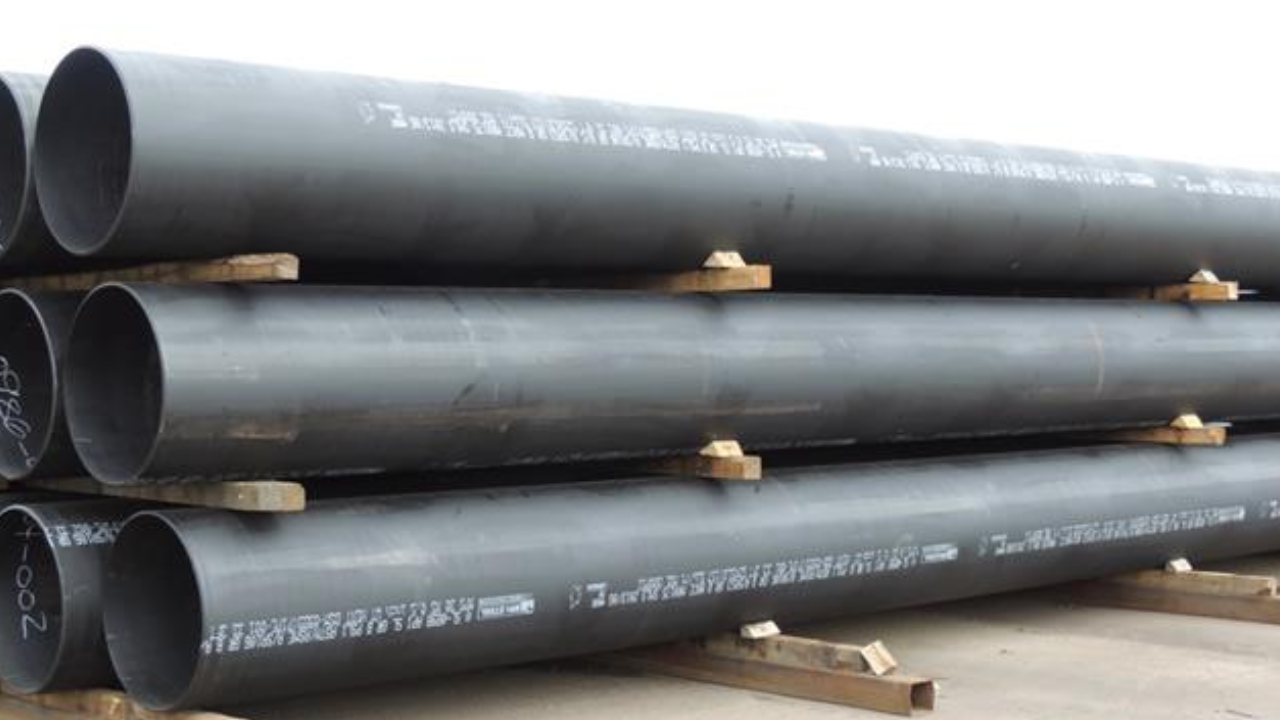ASTM A53 Grade B pipes are steel pipes classified according to the ASTM A53 standard. These pipes can be seamless or electric-resistance-welded (ERW) and are classified as Grade B, indicating greater tensile and yield strength than Grade A. A53 Grade B pipes are widely utilized in a variety of industries because of their strong mechanical qualities and dependability, including high-pressure systems, structural applications, and fluid transportation.
The goal of testing A53 Grade B pipes is to assure their quality, integrity, and compatibility for a wide range of applications. Testing entails rigorous procedures. The tests of a53 gr.b pipes analyze the pipes’ structural integrity, leak tightness, mechanical strength, chemical composition, and overall quality. Manufacturers and end-users can ensure the dependability and endurance of diverse industrial systems by putting A53 Grade B pipes through a rigorous testing program.
Is It Possible To Galvanize A53 Grade B Pipes?
A53 Grade B pipes can be galvanized. Galvanization is the process of putting a protective zinc coating on the surface of pipes to increase their corrosion resistance. This procedure is especially necessary for pipes used in outdoor, high-moisture, or corrosive situations. Galvanizing A53 Grade B pipes extends their service life and ensures structural integrity in harsh environments, making them ideal for a variety of applications.
Testing Of ASTM A53 Grade B Pipes
ASTM A53 Grade B pipes are rigorously tested to verify that they fulfill the American Society for Testing and Materials (ASTM) demanding standards. These tests are critical to ensuring the pipes’ quality, integrity, and reliability, especially given their use in a variety of industries. In this article, we will look at the different testing procedures used for A53 Grade B pipes.
Hydrostatic Testing
Hydrostatic testing is one of the most fundamental tests for A53 Grade B pipes. This approach includes filling the pipes with water and pressurizing them beyond their working pressure. The pipes are tested for leaks, and the test identifies weaknesses or faults in the pipe construction. Hydrostatic testing is critical for determining the pipes’ overall structural integrity and leak-tightness, ensuring they can endure the pressures they are designed for in real-world applications.
Nondestructive Electric Testing
Nondestructive electric testing is routinely used to evaluate the quality of welds in electric resistance-welded (ERW) pipes. Techniques used in this testing approach include eddy current testing and ultrasonic testing. Eddy current testing entails creating electric currents in the pipe and detecting changes that may identify faults or inconsistencies in the weld. Ultrasonic testing employs high-frequency sound waves to detect internal and surface faults.
Flattening Testing
Flattening testing evaluates the ductility and formability of pipes. During this test, a length of pipe is flattened between parallel plates to a predetermined degree without cracking or opening the weld. The test evaluates the pipes’ ability to withstand deformation without failure, providing information on their suitability for various applications, notably those involving bending or shaping.
Tensile Testing
Tensile testing is a fundamental mechanical test for A53 Grade B pipes that determine their tensile strength, yield strength, and elongation qualities. This test involves pulling a specimen until it breaks, and the accompanying data offers critical information about the material’s mechanical properties. Tensile testing guarantees that the pipes meet the minimum tensile and yield strength standards, which are crucial for their performance in applications requiring maximum strength.
Impact Testing
Impact testing is critical for evaluating the robustness of ASTM A53 Grade B pipes, particularly in low-temperature applications. Charpy V-notch and Izod impact tests are common procedures. These tests assess the material’s capacity to resist fracture under dynamic loading circumstances, providing information about its toughness. Impact testing assures that the pipes can survive harsh environmental conditions while meeting the required safety and performance standards.
Visual Inspection
Visual inspection is an important element in inspecting ASTM A53 Grade B pipes. It entails a thorough inspection for exterior flaws, welding abnormalities, and surface blemishes. This visual inspection ensures that the pipes fulfill quality standards by finding defects such as dents, scratches, or discontinuities that may impair their performance. Visual inspection is the first and most important step in the testing procedure, adding to the overall quality of the pipes.
Remarks
ASTM A53 Grade B pipes are tested thoroughly to ensure the greatest levels of quality, dependability, and safety. Each testing method has a distinct purpose, ranging from determining structural integrity and leak-tightness to analyzing mechanical qualities and chemical composition. These tests help to certify A53 Grade B pipes, giving engineers, contractors, and end users confidence that they are suitable for purpose and can withstand the demands of their intended usage.

